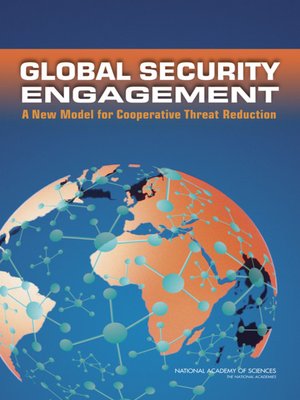Global Security Engagement
ebook ∣ A New Model for Cooperative Threat Reduction
By National Academy of Sciences

Sign up to save your library
With an OverDrive account, you can save your favorite libraries for at-a-glance information about availability. Find out more about OverDrive accounts.
Find this title in Libby, the library reading app by OverDrive.



Search for a digital library with this title
Title found at these libraries:
| Loading... |
<p>The government's first Cooperative Threat Reduction (CTR) programs were created in 1991 to eliminate the former Soviet Union's nuclear, chemical, and other weapons and prevent their proliferation. The programs have accomplished a great deal: deactivating thousands of nuclear warheads, neutralizing chemical weapons, converting weapons facilities for peaceful use, and redirecting the work of former weapons scientists and engineers, among other efforts. Originally designed to deal with immediate post-Cold War challenges, the programs must be expanded to other regions and fundamentally redesigned as an active tool of foreign policy that can address contemporary threats from groups that are that are agile, networked, and adaptable. As requested by Congress, <em>Global Security Engagement</em> proposes how this goal can best be achieved.<br>
<br>
To meet the magnitude of new security challenges, particularly at the nexus of weapons of mass destruction and terrorism, <em>Global Security Engagement</em> recommends a new, more flexible, and responsive model that will draw on a broader range of partners than current programs have. The White House, working across the Executive Branch and with Congress, must lead this effort.<br></p>






